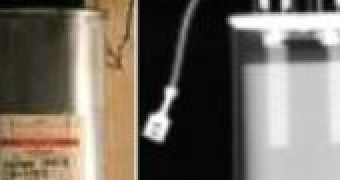The biggest drawback of most portable electronic devices, such as notebooks, cellphones, PDAs and many others is the fact that they become useless after the rechargeable batteries completely discharge.
Unfortunately, the devices themselves have known huge developments, while their batteries remain a source of discontent among users. Even the most advanced laptop can only last for three hours if relying only on the most advanced lithium batteries.
On the nanoscale, things didn't look brighter either, since no good nanobatteries had ever been developed, which forced nanomachines and devices to rely on power sources many times their own size. It seems NASA came up with a new idea, which could solve the problem of assembling a battery on such a tiny scale.
The agency exploited the way biological molecules self-assemble to achieve the same result and used the ability of a protein called ferritin, which contains iron, to perform the task of carrying either a positive or negative charge.
Ferritin has another remarkable ability, being able to self-assemble more easily to form a homogeneous layer. Such a ferritin layer could be covered with another layer of the opposite charge, thus creating a new capacitor that could store electric charge between its layers, just like a battery.
A capacitor (formerly known as condenser) is an electrical device that can store energy in the electric field between a pair of closely-spaced conductors (called plates). When voltage is applied to the capacitor, electric charges of equal magnitude, but opposite polarity, build up on each plate.
The battery has an overall thickness of only a few nanometers and its capacity could be increased even further by adding more layers of alternately charged ferritin. According to NASA, the practical applications of this concept would be robust, stable and would also be easily and quickly produced.

 14 DAY TRIAL //
14 DAY TRIAL //